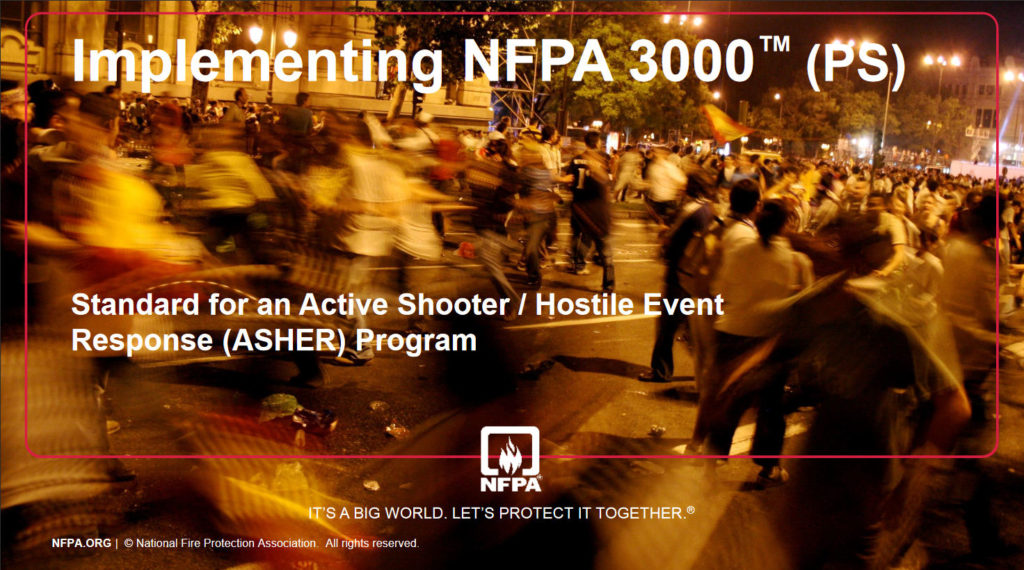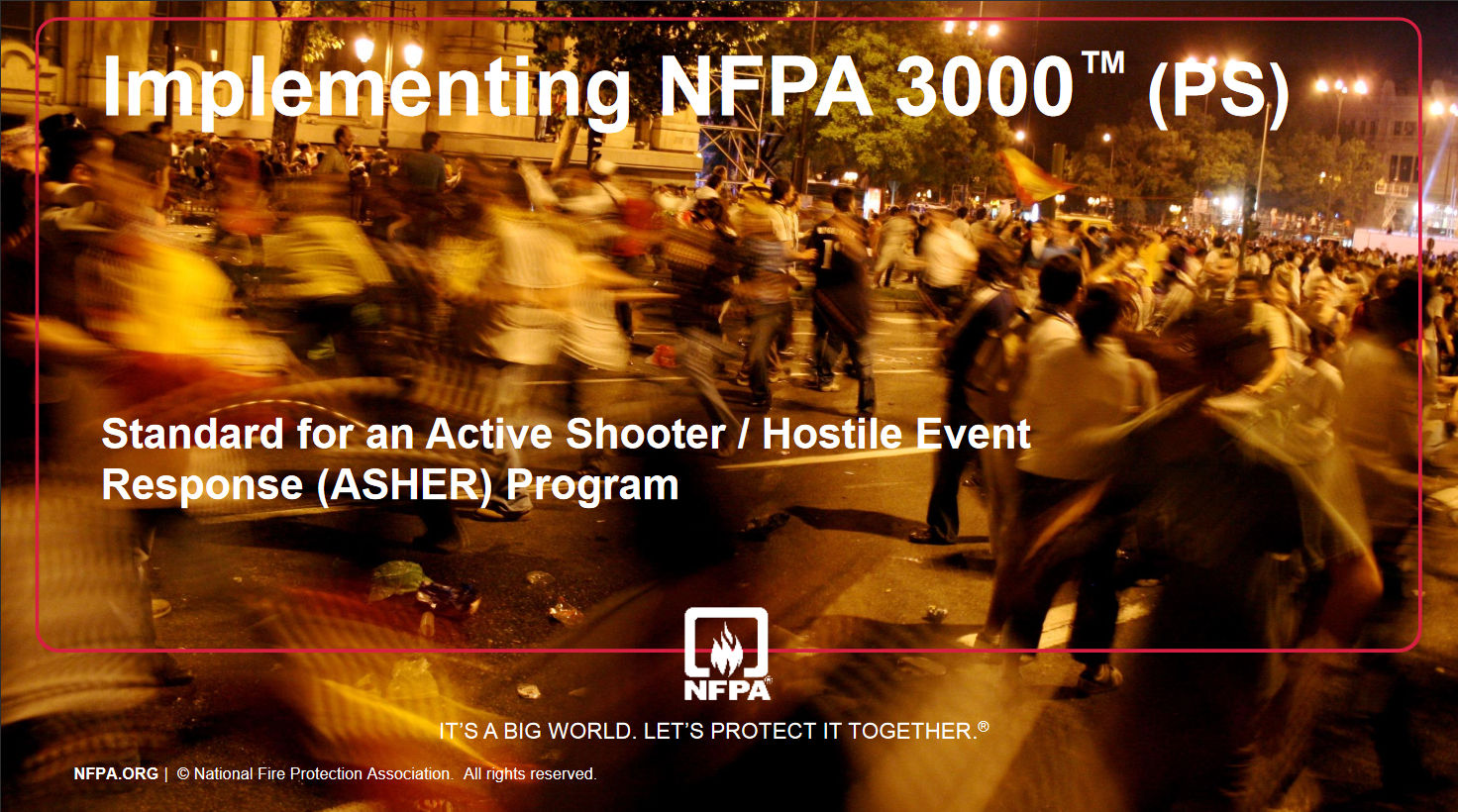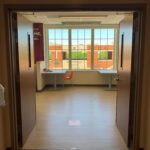 Last week, the Door Security & Safety Foundation hosted a webinar presented by John Montes of NFPA. The topic was NFPA 3000 – Standard for Active Shooter / Hostile Event Response (ASHER). Several people have asked me how to access the archived recording of this webinar – it can be found toward the bottom of this page on the DSSF website.
Last week, the Door Security & Safety Foundation hosted a webinar presented by John Montes of NFPA. The topic was NFPA 3000 – Standard for Active Shooter / Hostile Event Response (ASHER). Several people have asked me how to access the archived recording of this webinar – it can be found toward the bottom of this page on the DSSF website.
Around the 53-minute mark, Laura Frye of the DSSF spoke about Chapter 9 – Facility Preparedness, including the requirements for classroom doors. Just after that (56:10), John Montes said something that caught my attention:
“The concept of ‘Lock Don’t Block’ is reinforced in 101 and in the other NFPA standards, and we really believe that the barricade devices can present a danger, and I like to give the example of this: I was a field EMT all the way to a chief, and I’m pretty good at EMS and medicine. I believe I am, anyway, I try to be. If I can’t get in a door because there’s a barricade device, but I’m standing there holding a key to unlock it, that’s time someone could be bleeding out and dying. And if I have the key and that door is locked and secured, but now I have the ability to access the person and save their life, that extra minute could be the difference. And so, that’s why we really believe that it’s important to have code-compliant locks, have plans, work with unified command, through unified command and exercising, you give that access information to the responders, through the integration of responders working together, they access the room and the space together and they get to the victims. And then you get them to extended care at the hospitals faster, and that’s how you save more lives.”
The ability for an authorized person to enter the classroom from the outside is crucial, whether it’s during an active-shooter incident, or an unauthorized lockdown. NFPA 101-2018 requires access from the outside of the classroom with a key or other credential, and the 2018 IBC and IFC require access with a key or other means approved by the AHJ. Many barricade devices have no way to remove them from the outside, and the ones that can be accessed from the outside often require a special tool and knowledge of how to use it. As John said, even an extra minute could make the difference when trying to save a life. When barricade devices are installed at the bottom of the door so that the special tool may be inserted under the door, the releasing hardware is not typically located at the mounting height mandated by NFPA 101 – 34 to 48 inches above the floor.
I fear that it’s only a matter of time before the inability for an authorized person to quickly open the door from the outside is going to result in tragedy. So many organizations and security experts have taken a stance against non-code-compliant security – why would any school district or other type of facility even consider using security devices that could inhibit egress, or that don’t meet the accessibility standards, or that may affect the ability of a fire door assembly to protect building occupants during a fire?
You need to login or register to bookmark/favorite this content.






Leave A Comment